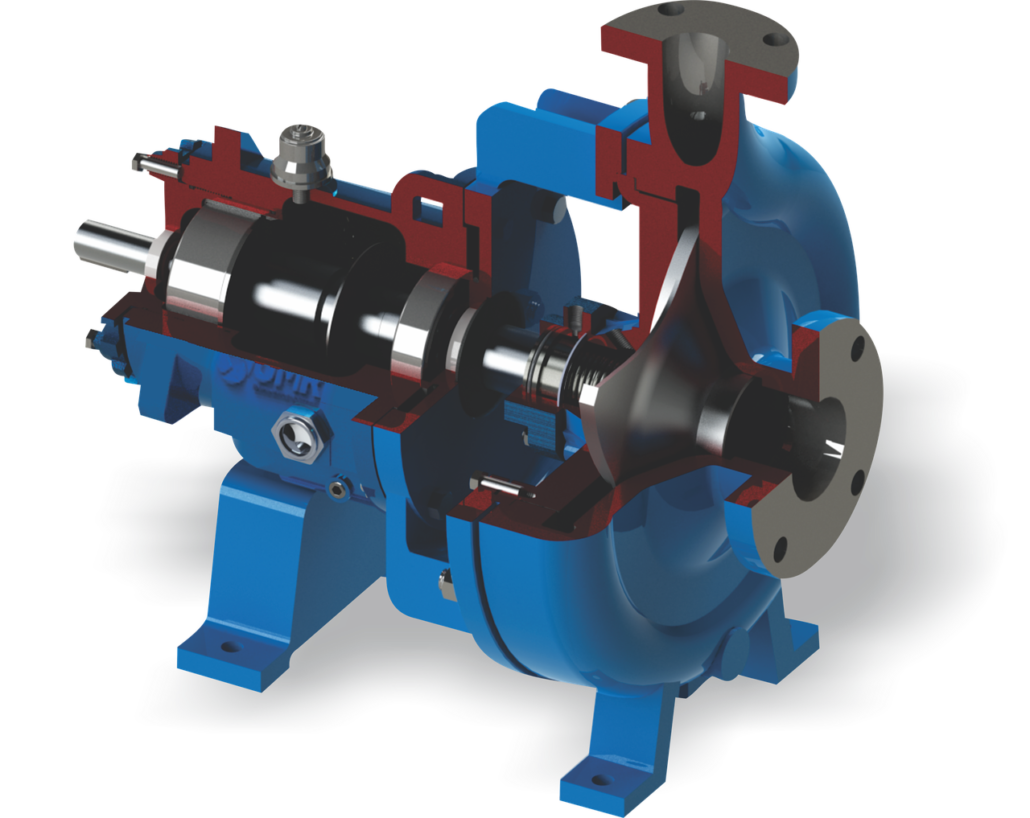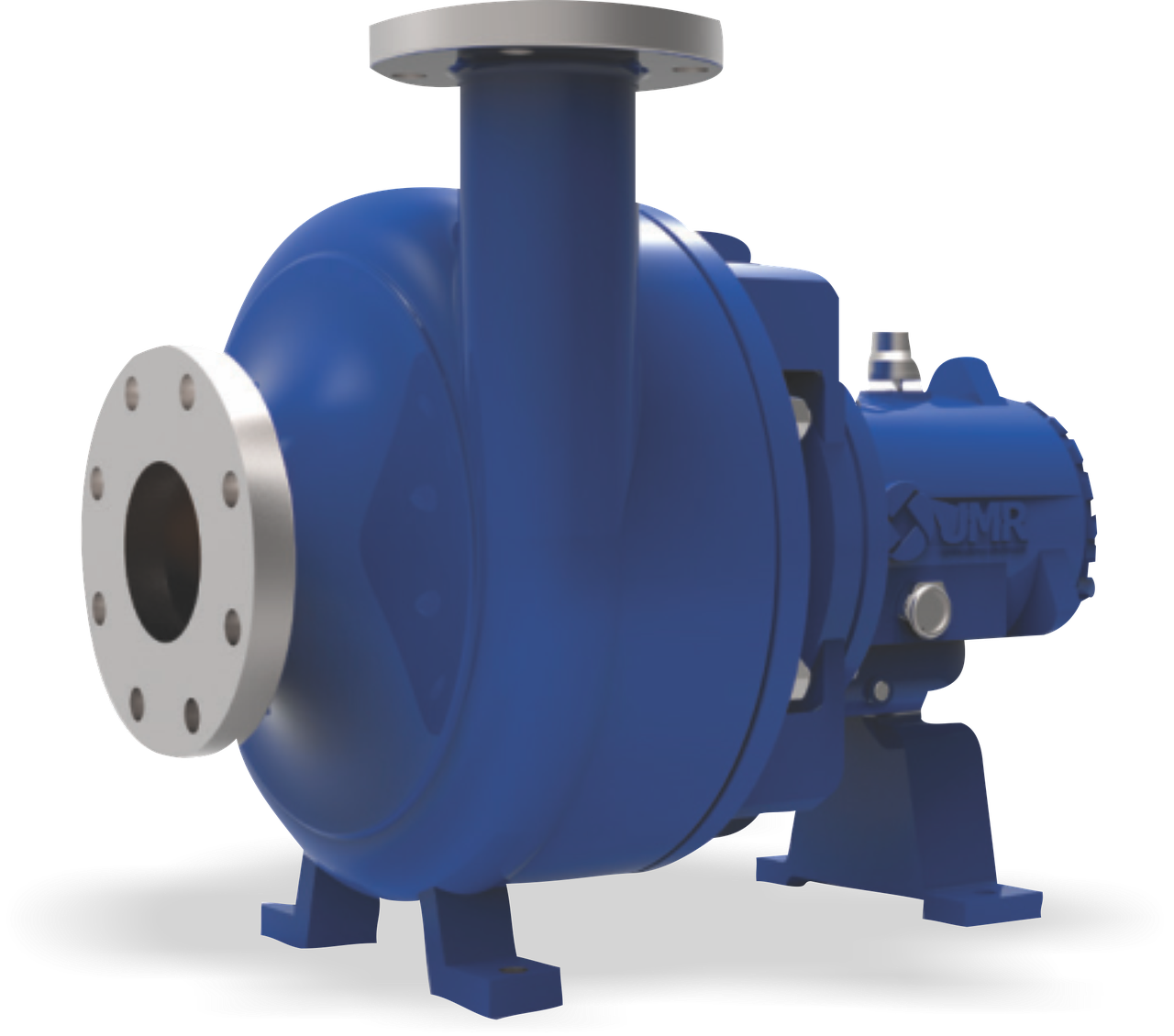How does a centrifugal pump work?
Pumping systems are becoming increasingly essential in this day and age. Knowing how a centrifugal pump works can therefore solve many issues of an environmental nature, not to mention problems associated with a variety of different work environments.
Centrifugal Pumps Operational characteristics
Pumps are mechanical instruments that increase a liquid’s energy by means of pressure; the design of a centrifugal pump includes stationary components and a mobile gearwheel, the impeller, which rotates at a specific speed.

Technically speaking, a centrifugal pump’s impeller is a wheel equipped with vanes; it can be constructed in a variety of ways, depending on the desired function.
Prior to fully examining the components that contribute to its operation, we must consider the preliminary research and design phase, which has a crucial impact on the system’s efficiency. It is during this phase that the sizing of the centrifugal pump takes on particular importance.
Centrifugal pump sizing
Proper sizing of the centrifugal pump ensures the correct amount of liquid per normal use cycle; it is also important because it is needed to estimate project costs and operating costs. By preventing oversizing, this step reduces costs to a minimum.
Centrifugal pump flow rate, head and power
One of the primary aspects to consider is the flow rate of the centrifugal pump, or, in other words, the volume of the water that passes through it in a given amount of time, expressed in seconds or minutes; this is especially pertinent with regard to the agricultural sector, and specifically when dealing with centrifugal pumps for irrigation.
Head, which is the pressure jump produced by the pump, is closely linked to the centrifugal pump’s flow rate. Head is a measurement that decreases as flow rate increases; it is expressed in metres, and indicates the peak height to which the pump can raise the water with respect to the source point.
Lastly, the power is the energy the system requires in order to continue raising the water’s flow rate and, as such, is directly responsible for the centrifugal pump’s hydraulic efficiency.


